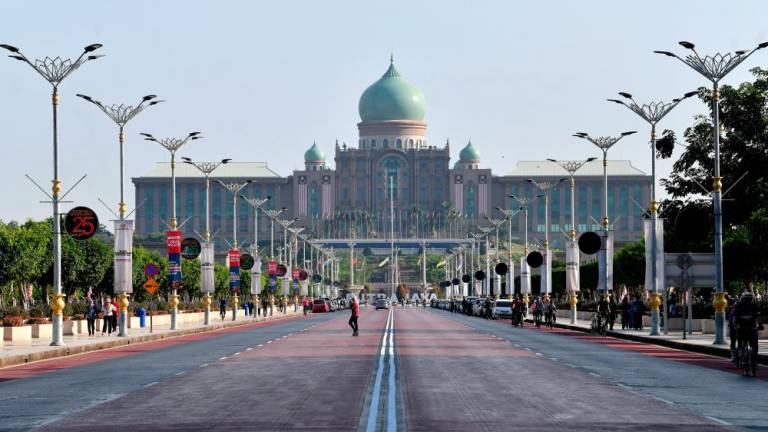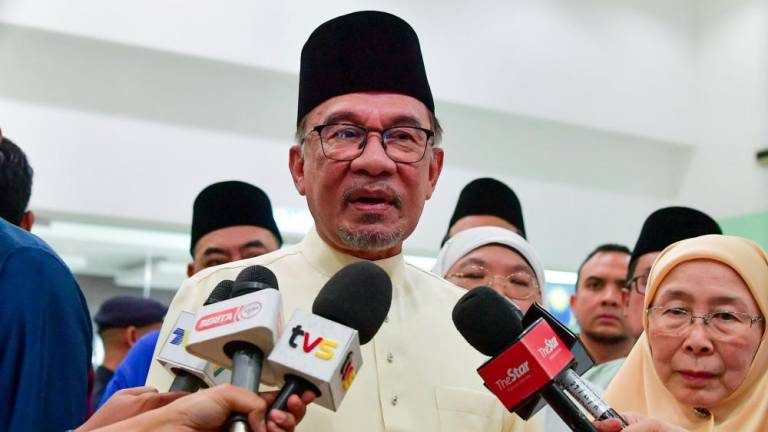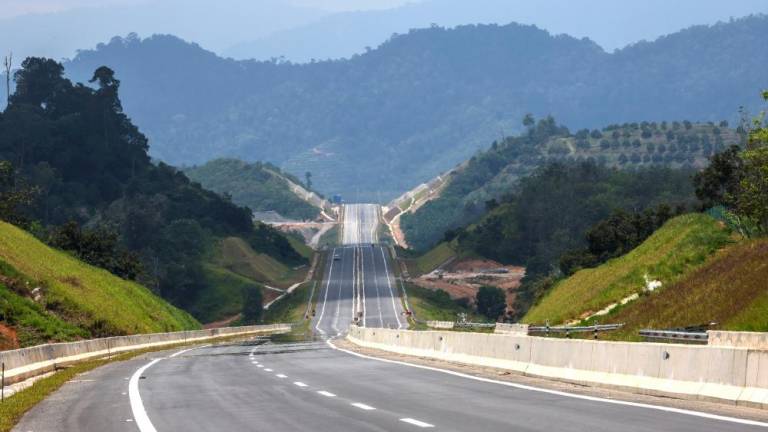THE growing shift towards digital payments is strongly debated among governments, central banks and financial experts. The proliferation of new electronic and mobile instruments has opened the door to a possible revolution of the payments landscape. Yet, various factors must be taken into account, as a national shift to cashless could prove more complex than believed.
To justify a withdrawal of paper money, the argument is that a fully digitalised system could eradicate tax evasion and money laundering, reduce transaction costs and enable financial authorities to stimulate economic growth. A cashless system can also enable governments to track every transaction, leaving no loopholes for fraudsters. Central banks would be able to impose any desired monetary policy, including negative rates, as consumers would have no way to retrieve their cash from the banking system.
A demise of paper money would also enable governments to exercise a full control over the banking system, including tracking and recording all transactions. If this might be useful in the fight against crime, it will also impinge on consumer rights to privacy. Furthermore, no one would be immune in a case of a system failure, and a stolen or broken smartphone would leave the victim without a payment tool at least for awhile.
In addition, what will the cashless economy mean for the poorest people? Are we moving toward a class-stratification that is even more sharply divided, with those at the lowest echelons excluded from commercial life and a mainstream existence due to their inability to participate digitally?
In November 2016, Prime Minister Narendra Modi of India announced that 500 and 1,000 rupee notes would be removed from circulation. This move was intended to force demonetisation of the country, pushing it toward a cashless economy and forcing the untaxed corruption of the “black” economy into the light. The move inadvertently moved the question of enabling access to the digitised world of consumerism for the poor to the top of the queue.
Part of the answer for Modi is creating “smart”, connected cities with digitised public services, e-payment for utility bills, and digitally-purchased services such as train tickets. This works well when you’re buying from the government, but when you’re a small vendor hoping to sell your wares, it’s trickier. Card readers are an outlay some can’t afford, and, using mobile phones to operate payment transfers might prove an uphill task for many.
R. Murali Rajaratenam
Kuala Lumpur














